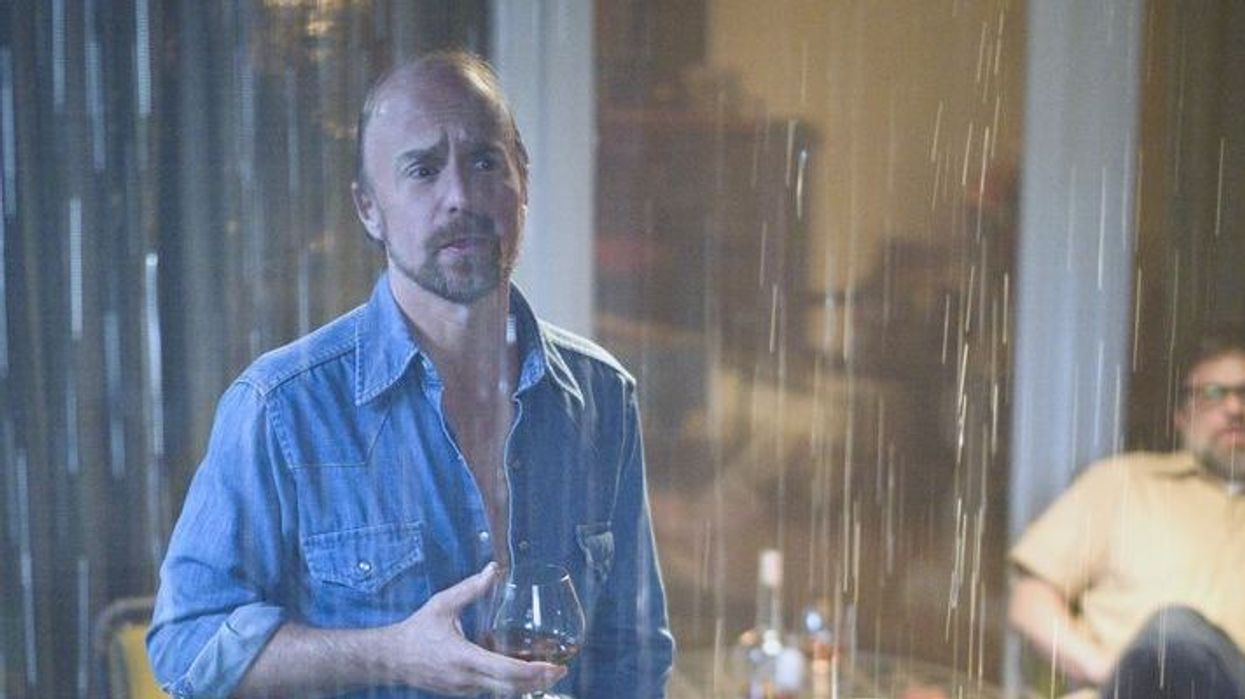What Are Bottle Episodes?
Do you ever wonder about those kinda boring episodes that crop up sometimes?

Fosse Verdon
If you've watched any TV over the years, chances are pretty good that you've seen a bottle episode. You may have noticed it, or you may not have. But what are they, and why do shows use them?
Turns out they are incredibly important to the ecosystem and lifespan of a healthy running show. Why?
Cheddar attempts to explain how this whole phenomenon works. Be warned, their video starts with a reference to Breaking Bad's beloved bottle episode, "Fly," and they call it boring. (First of all, how dare you, and second of all, how dare you.)
Watch their video below.
What is a Bottle Episode?
Within television, bottle episodes are ones that are limited to one location and a few actors. As a result, the action is also limited, and the story slows down to explore characters and relationships more deeply. And some viewers might think they're a little dull because they tend to deviate from a show's usual tone or pace.
Bottle episodes are designed to be cheaply produced, with no big set pieces or special effects. These episodes are chances for the actors, and the writing, to shine.
Seinfeld's famous bottle episode is "The Chinese Restaurant," which finds the three main characters waiting for a table in one restaurant the whole time.
Friends had one too, "The One Where No One's Ready," which featured only the main cast members on one set, all of them rushing to get ready for a night out. And if you do any amount of digging, you'll see that fans either love or hate this episode.
More recently, Fosse/Verdon staged a beautifully acted bottle episode in a beach house.
Why do we need bottle episodes?
As mentioned, bottle episodes are cheap.
If a television show knows it needs to spend a big chunk of its budget on an upcoming shootout, or stunt work, or expensive actors, the writers might find a way to save money on another episode by using fewer actors and a set they already have.
Producer/director Scott Brazil has famously discussed the bottle episode as a sad stepchild in reference to his own show, The Shield, and the episode "Back in the Hole."
Then there is the bottle episode. The sad little stepchild episode, spare on money, locations, sets and guest cast. (The sad little stepchild whose allowance is docked in order to buy big brother a new pair of sneaks.) We scrimp on the bottle episode in order to afford the extravagant season openers and closers. The bottle episode is the one guest directors don't want to be offered. They feel punished. Why cast a guest actor when a series regular can say the line? It's cheaper. Why go on location when you can shoot the same scene on stage? It's cheaper. It is often a recipe for a mediocre episode -- quiet, interior, no drive.
Breaking Bad's episode "Fly" was the result of budgetary constraints, too. As creator Vince Gilligan told Vulture in 2013, “We were hopelessly over budget. And we needed to come up with what is called a bottle episode, set in one location.”
Bottle Episode Narratives
Even though bottle episodes come about usually due to economic necessity, they can be powerful narrative tools, too.
They allow the story to slow down enough to take stock of characters and their relationships. They give the audience a break from usual tension and introduce viewers to different, perhaps more nuanced conflicts. As the video points out, and Gilligan confirms in another interview, having "Fly" be a moment of slow quiet in season 3 helps the big finale beats that happen just a few episodes later land even more strongly.
What are some of your favorite bottle episodes? Do you love them or hate them? Let us know in the comments!
Source: Cheddar
- How to "Show, Don't Tell"—Examples and Definition in Film and Television ›
- What Are Table Reads and Why Should You Use Them? ›
- What Is a Bottle Episode? (Definition and Examples) ›

 No Film School's coverage of
No Film School's coverage of 









